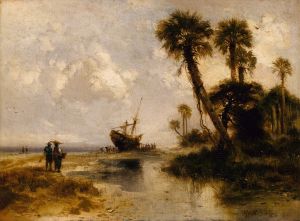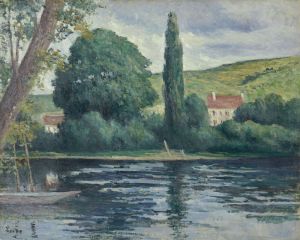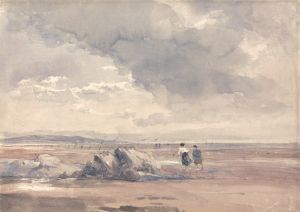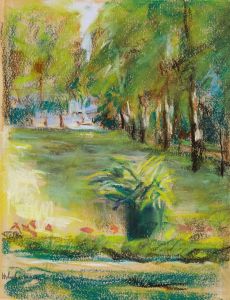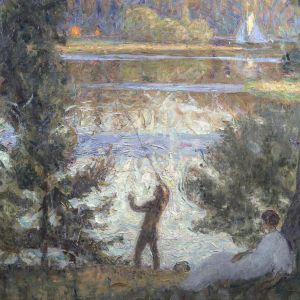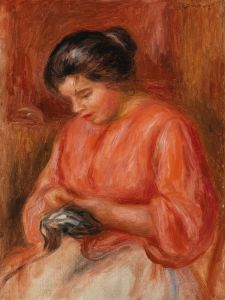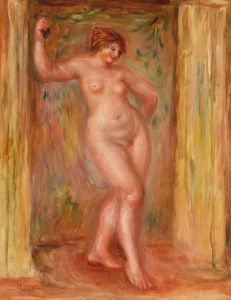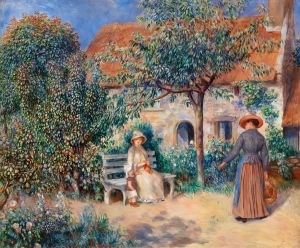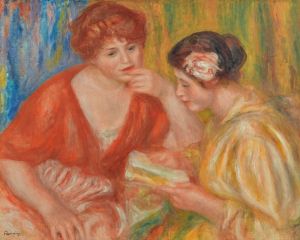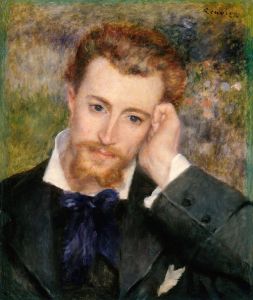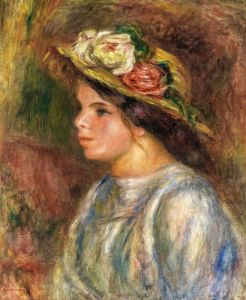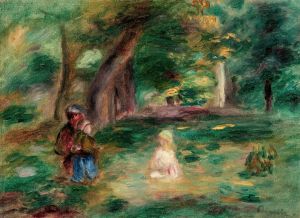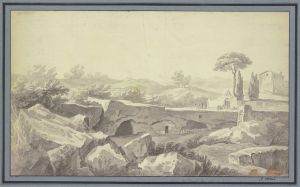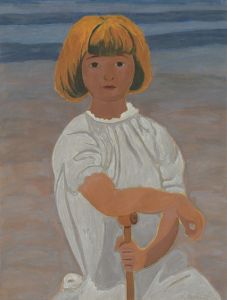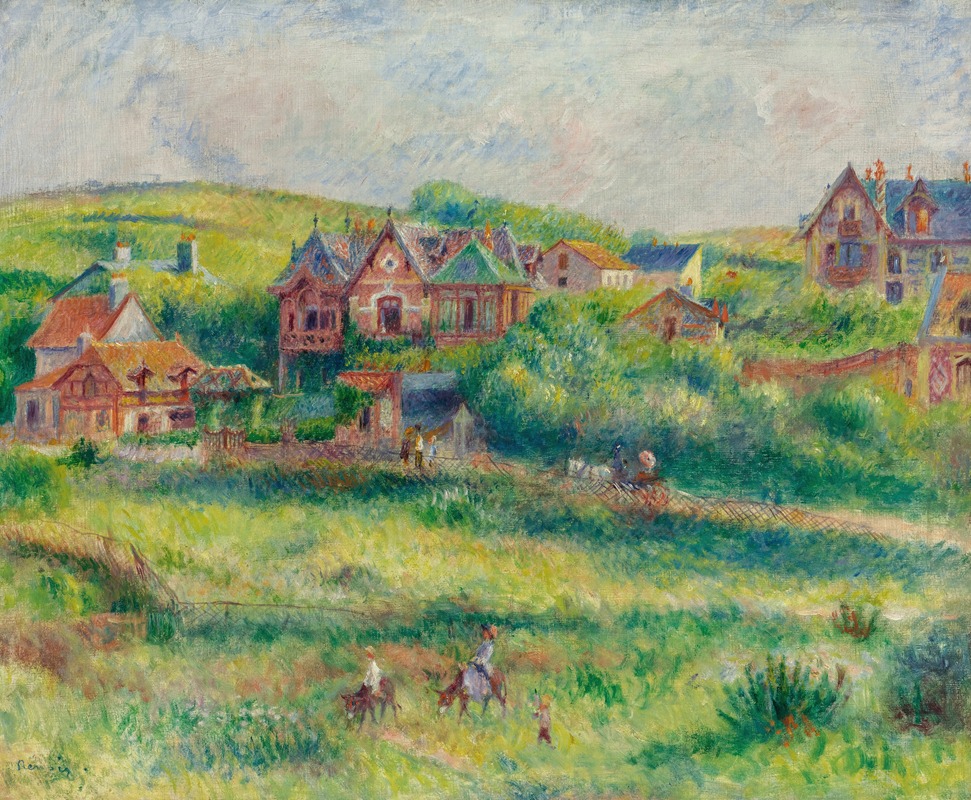
Le Châlet De Blanche Pierson À Pourville
A hand-painted replica of Pierre-Auguste Renoir’s masterpiece Le Châlet De Blanche Pierson À Pourville, meticulously crafted by professional artists to capture the true essence of the original. Each piece is created with museum-quality canvas and rare mineral pigments, carefully painted by experienced artists with delicate brushstrokes and rich, layered colors to perfectly recreate the texture of the original artwork. Unlike machine-printed reproductions, this hand-painted version brings the painting to life, infused with the artist’s emotions and skill in every stroke. Whether for personal collection or home decoration, it instantly elevates the artistic atmosphere of any space.
Pierre-Auguste Renoir, a prominent French Impressionist painter, is known for his vibrant light and saturated color, often focusing on people in intimate and candid compositions. One of his lesser-known works is "Le Châlet De Blanche Pierson À Pourville," which translates to "The Chalet of Blanche Pierson at Pourville." This painting captures a scene from the coastal village of Pourville-sur-Mer, located in the Normandy region of France.
Renoir's connection to Pourville is part of a broader tradition among Impressionist painters who were drawn to the Normandy coast for its unique light and scenic beauty. Pourville, in particular, was a popular destination for artists seeking inspiration from its picturesque landscapes and the changing moods of the sea. Renoir visited this area several times, and it served as a backdrop for several of his works.
The painting depicts the chalet belonging to Blanche Pierson, a French actress known during Renoir's time. While specific details about the relationship between Renoir and Pierson are not extensively documented, it is clear that Renoir had a circle of friends and acquaintances in the artistic and theatrical communities, which likely included Pierson. The chalet itself is portrayed with Renoir's characteristic brushwork, capturing the essence of the structure and its surroundings with a sense of immediacy and liveliness.
In "Le Châlet De Blanche Pierson À Pourville," Renoir employs a palette that reflects the natural beauty of the Normandy coast. The colors are vivid yet harmonious, with blues and greens dominating the scene, suggesting the proximity to the sea and the lush vegetation typical of the area. The brushstrokes are loose and fluid, a hallmark of Renoir's style, which conveys movement and light with an almost tactile quality.
The composition of the painting is balanced, with the chalet positioned in a way that draws the viewer's eye into the scene. The surrounding landscape is rendered with a softness that contrasts with the more defined structure of the chalet, creating a dynamic interplay between man-made and natural elements. This balance is a testament to Renoir's skill in integrating figures and architecture into the landscape, a common theme in his work.
Renoir's work during this period reflects his interest in capturing the effects of light and atmosphere, a central concern of the Impressionist movement. "Le Châlet De Blanche Pierson À Pourville" exemplifies this focus, as the painting seems to capture a specific moment in time, with the light playing across the scene in a way that suggests a particular time of day and weather condition.
While "Le Châlet De Blanche Pierson À Pourville" may not be as widely recognized as some of Renoir's other works, it remains an important piece within his oeuvre, offering insight into his exploration of landscape and his ability to convey a sense of place and mood. The painting is a testament to Renoir's enduring fascination with the interplay of light, color, and form, and his ability to transform everyday scenes into works of art that resonate with viewers.
Overall, Renoir's depiction of Blanche Pierson's chalet at Pourville is a beautiful example of his Impressionist style, capturing the essence of a specific location with sensitivity and skill. The painting continues to be appreciated for its aesthetic qualities and its place within the broader context of Renoir's artistic achievements.





